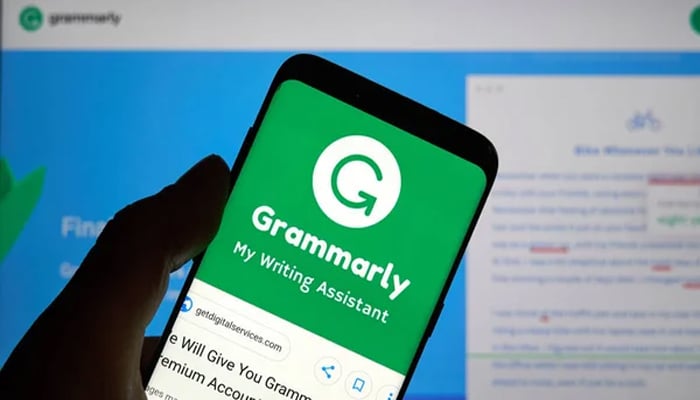
Grammarly has officially launched a new document-based interface, built on the back of Coda, the productivity startup it acquired last year.
The company revealed that the interface features an artificial intelligence (AI) assistant, alongside a few AI tools meant for students and professionals, including an AI grader, proofreader, and citation finder.
Grammarly stated that users can now easily insert tables, columns, separators, lists, and headers on the platform.
Moreover, users can add rich text blocks to highlight information and add tips or alerts. A sidebar hosts the AI assistant, which can summarise text, answer your questions, and provide writing suggestions.
On the other hand, there are a plethora of AI features, which are set to advance the platform.
- Reader Reactions: Allows you to pick a reader persona and get feedback on your writing based on that persona.
- Grader: It can give feedback based on an instructor’s guidelines and publicly available course material.
- Citation Finder: It facilitates you in finding and generating citations from public materials.
- Paraphraser: It can easily modify a text’s tone according to your preferences.
Grammarly’s also added agents that can detect plagiarism or AI-generated content.
Grammarly VP of Enterprise Product Luke Behnke stated that agents made to identify AI-generated content can be hit or miss, but he claimed that the company has tuned its agent to be the most accurate in the market.
“The goal here is not to provide an enforcement mechanism for teachers. If teachers want to enforce policies, they should use our authorship tool. But this [AI detector tool] is about providing a window to students into what could be AI-generated text in their writing before they submit.” He added.
Grammarly now has tools that can help students write using AI, and also detect AI-generated writing.
















